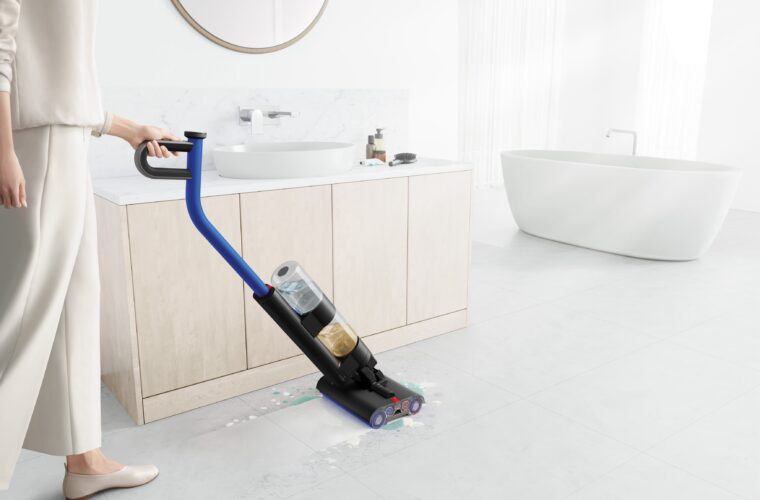Oppo Find X8 Pro: An inexhaustible cameraphone with lots of useful AI
A new cameraphone has arrived to put a spanner in the works between the iPhone 16 Pro, Samsung Galaxy S24 Ultra and Xiaomi 14 Ultra. It was signed by Oppo, which presented the Find X8 Pro at an event in Bali reserved for the Asian press, at which, however, the Australian and Italian branches (including this writer) were also present. Beyond the evocative location, what struck us was the work done by the Dongguan company, which returns to Europe with the Find series, especially with a model that showed no weaknesses (a rare thing) during our test.
Camera and long battery life are the two cardinal points on which a smartphone enriched with a lot of AI has been built, both on the photographic and productivity sides. However, several features deserve attention because they are new to the Android world, such as the physical camera button and the function that allows images to be exchanged between the X8 Pro and the iPhone.
Design
Not too bulky, the Find X8 Pro has a 6.78-inch display with an LTPO panel offering a maximum brightness of 4500 nits and a 120 Hz refresh rate. Thin at 8 millimetres thick and weighing 215 grams, it is sturdy and holds up well with one hand, while on the design side at the back, the camera block, which houses four sensors of 50 megapixels each, stands out. It is less prominent than in the past but still slightly too large.
Resistance is one of its peculiarities. In addition to dust and liquids, it has IP69 certification, which indicates the ability not to succumb even to jets of water at extreme temperatures (80 degrees). Also standing out is the Pearl White colour, which, under the light, gives different shades, unlike the classic Space Black.
Power
There is no Qualcomm Snapdragon processor, but that does not mean this is a smartphone flaw. Because the Mediatek Dimensity 9400 is built with a 3-nanometre process, the numbers in hand are one of the most powerful chips and, therefore, are useful for handling the abundance of AI and computing power Oppo‘s latest entrant requires. I also liked it because, after more than two weeks of testing, it does not overheat even after being put through the wringer.
Credit to the cooling system, which features a vapor chamber with the addition of a layer of graphite and high-conductivity gel to manage the temperature during intensive use. Not to be underestimated is the additional power to ensure a stable connection in complex situations where the network may prove unstable, such as at the stadium, during a concert, or inside a lift.
Hard to die
The specifications bode well, but the field test went beyond expectations. This is thanks to the 5910 mAh silicon-carbon battery, a capacity superior to its competitors (iPhone 16 Pro Max stops at 4685 mAh, Samsung S24 Ultra and Xiaomi 14 Ultra at 5000 mAh). As always, the fast charging technology is perfect, with SuperVooc 80W via cable. However, to get the most out of it, you need the original Oppo power supply, which is not included in the box as the EU regulation on universal chargers requires. With a standard power supply, the charging speed reaches 55W, but there is also wireless charging at 50W and reverse charging, which allows the smartphone to charge earphones or other devices.
With an active display for many hours, several apps used, several downloads, many shots, and many movies, the battery held up well, reaching the end of the day with around 20% charge. This is an important aspect for those who work with the phone or, in any case, put it under stress every day.
Cameras
Any company wanting to move up a level in the smartphone market stakes everything on the camera compartment, which today means combining the technical aspect of the lenses with the AI functionality to manage and perfect all content. Oppo, together with Hasselblad, a partnership that has been going on for years, has done an excellent job in this area, not only with the four 50-megapixel rear sensors. The special feature of the Master Camera System is that it has combined the two wide and ultra-wide lenses with two telephoto zoom lenses, 3X (73mm) and 6X (135mm), which, without losing quality, allows the user to raise the bar and push the zoom to over 25x, resulting in images that can be shared instantly-remarkable results in portraits, excellent panoramas and shots on the move.
Another special feature is the physical button to manage the camera, which replicates what we saw on the iPhone 16, allowing you to zoom in and out with a simple touch, but only when shooting in landscape mode. There is also a practical advantage to the Find X8 Pro thanks to the Lightning Snap function, with a burst of seven shots per second that makes it possible not to lose detail in a scene, even better with moving subjects. The photos and videos are excellent, too, with obvious predominance for lit environments, although the night mode performs well. I took many photos with the new Oppo phone during visits to some of Bali’s most famous sights and, results in hand, there is a lot of quality and few flaws, if not a few too obvious artefacts, easily improved by AI.



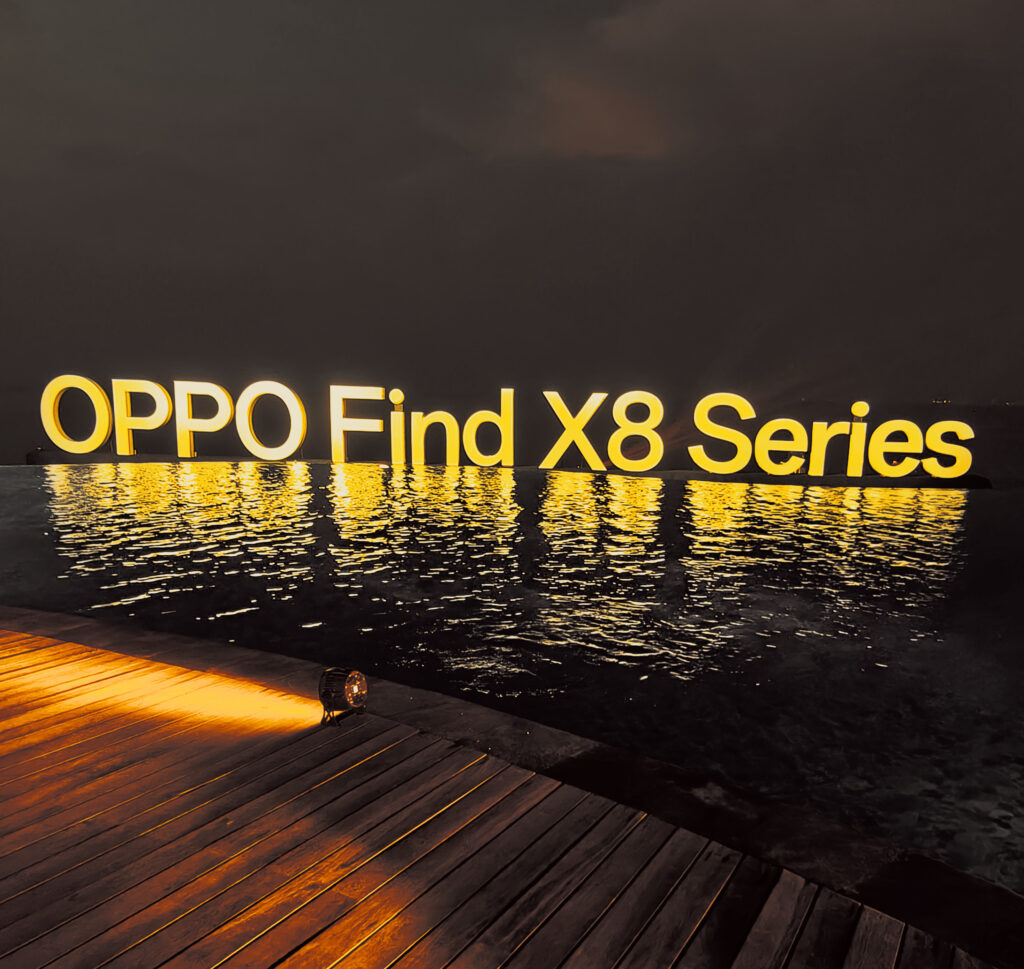
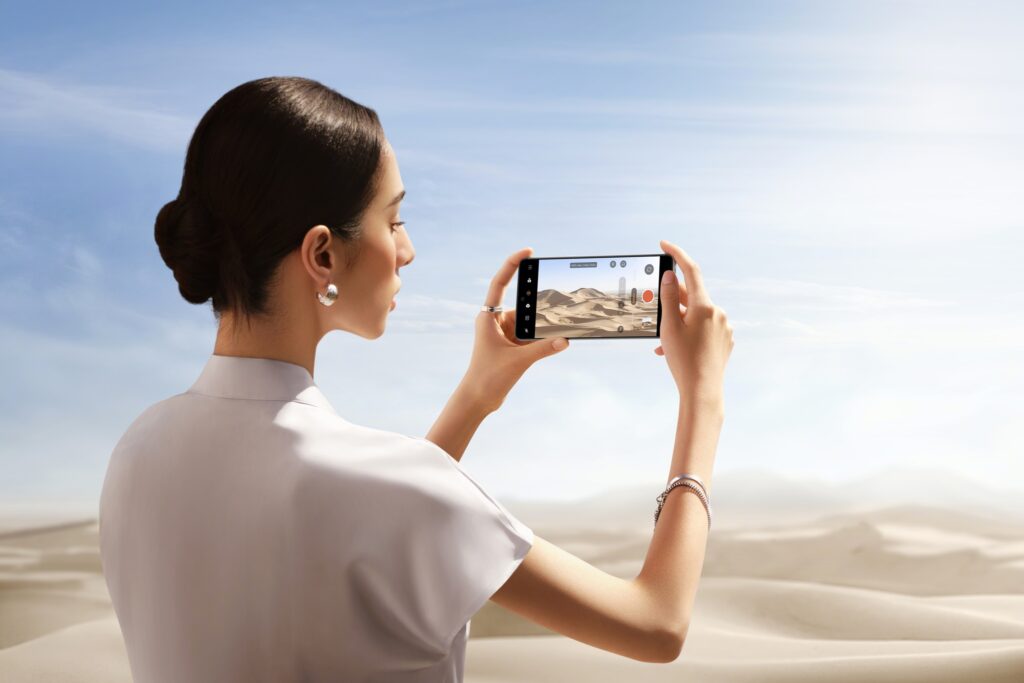
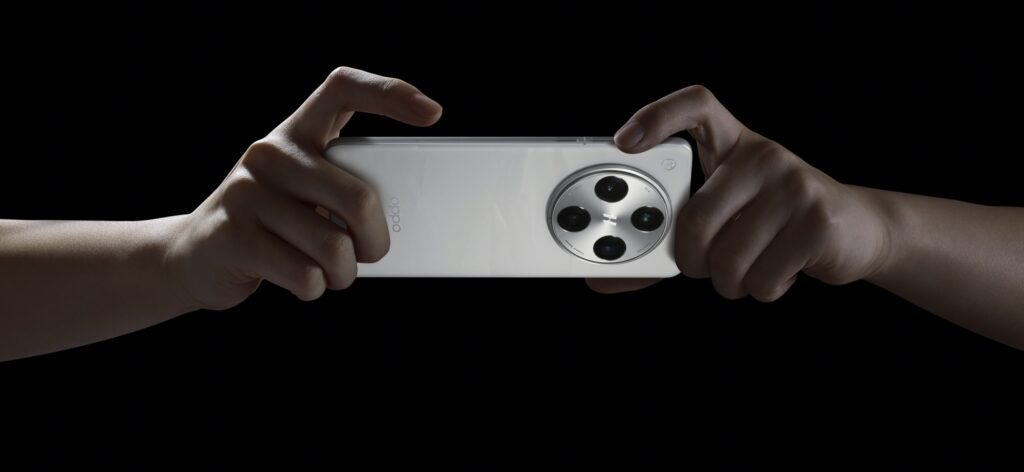
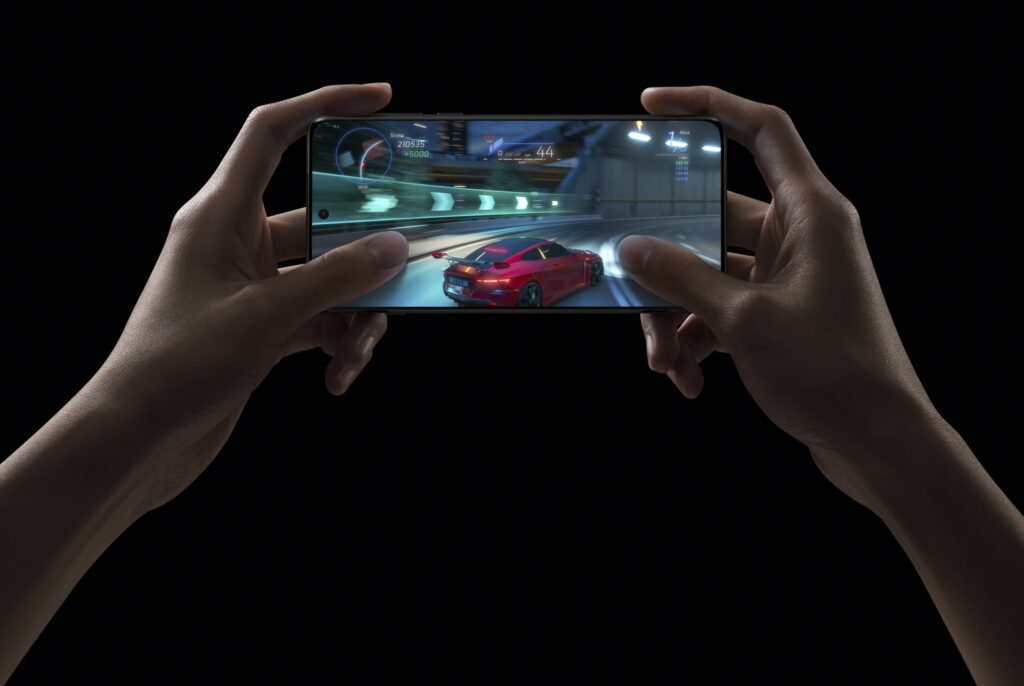


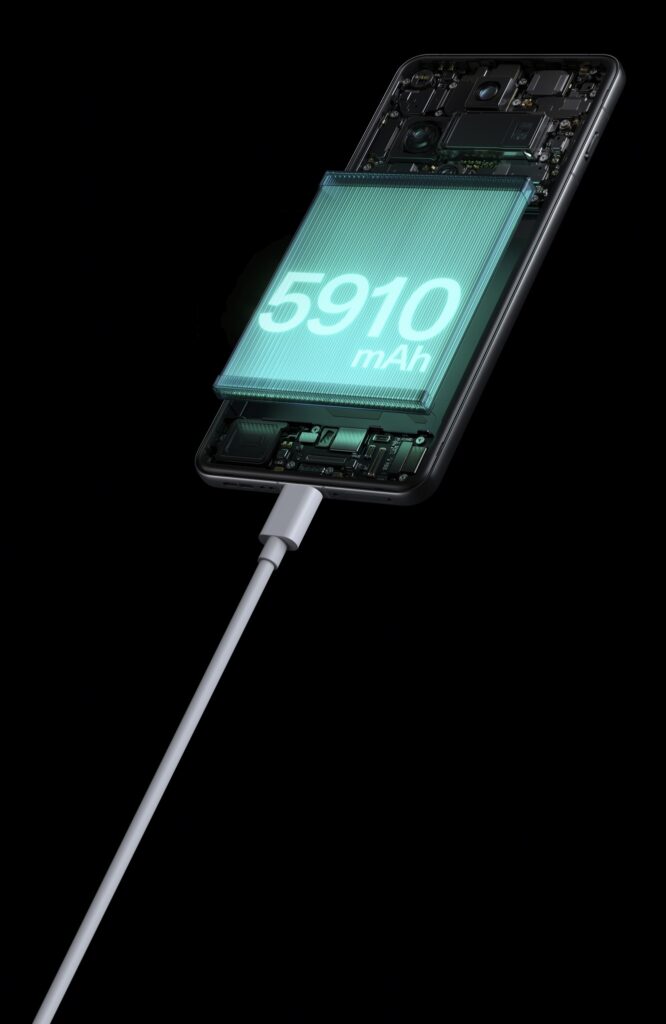
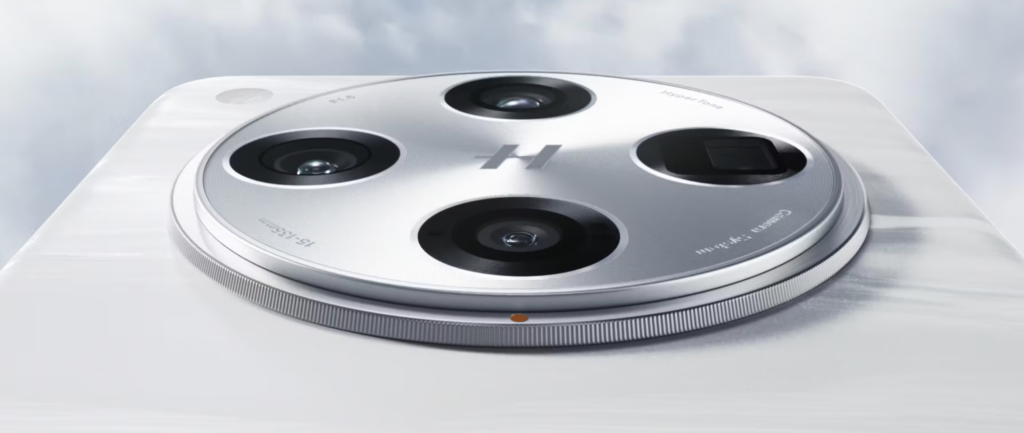


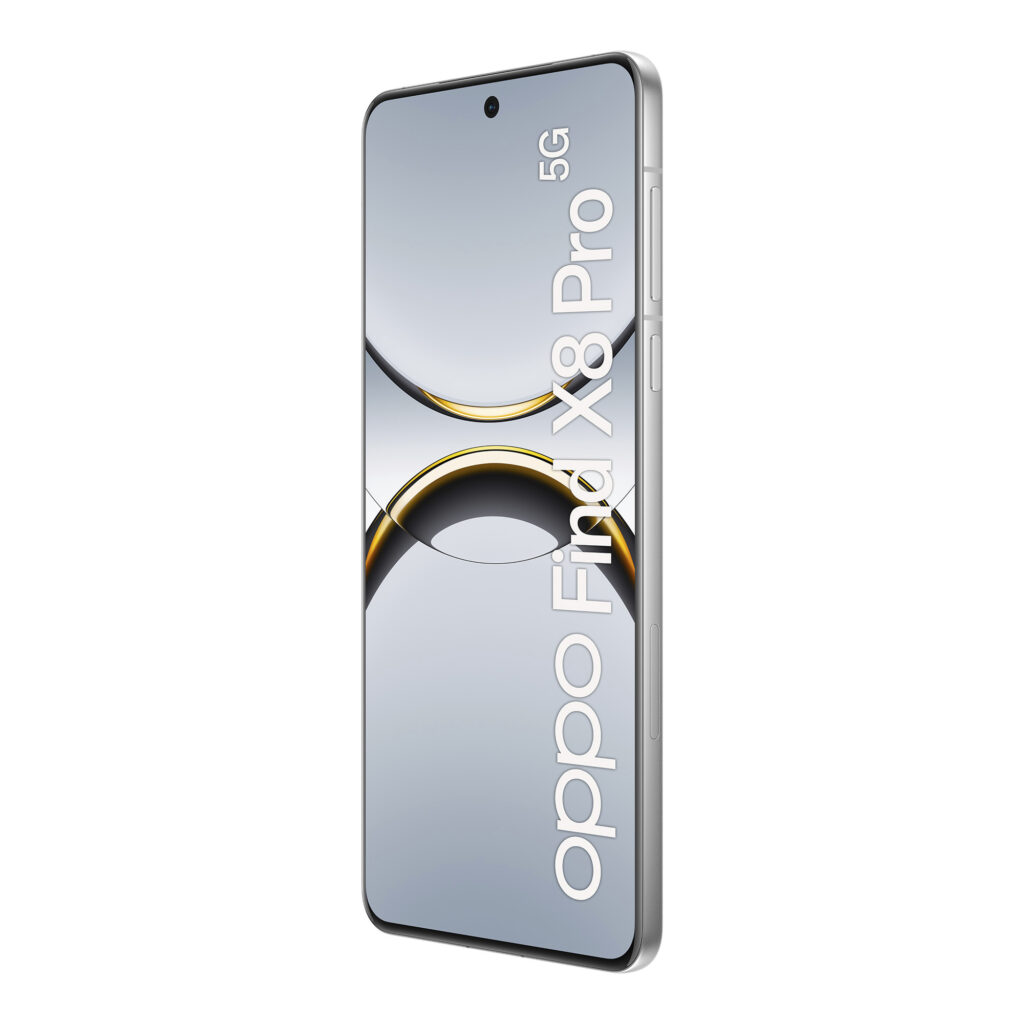
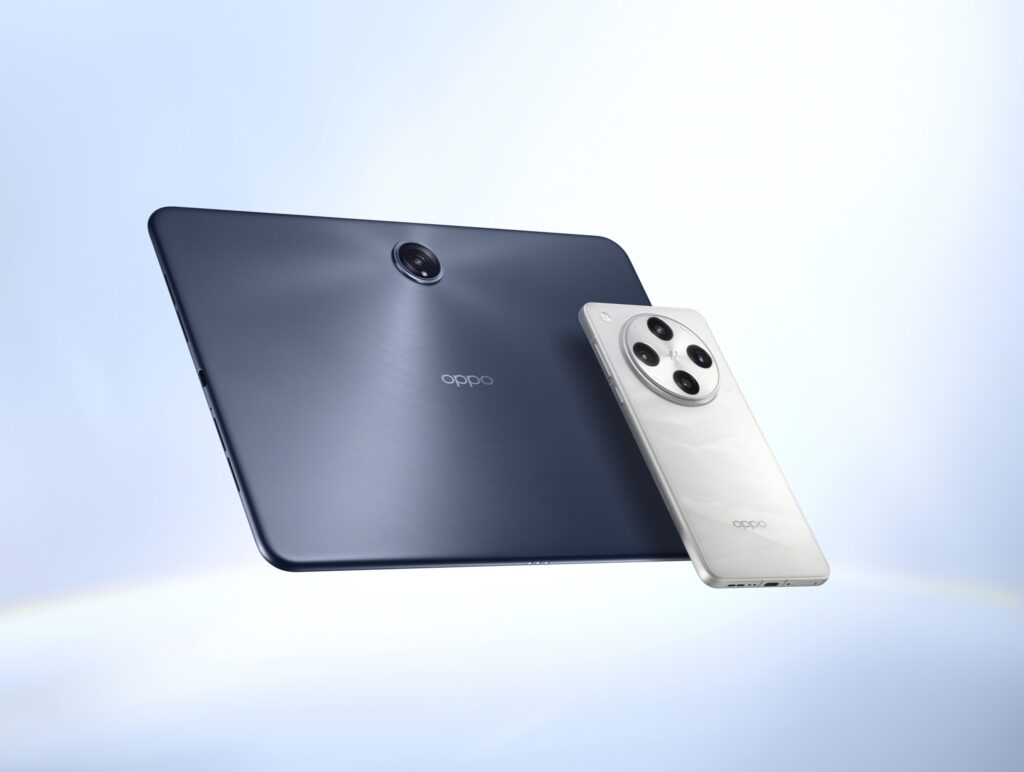
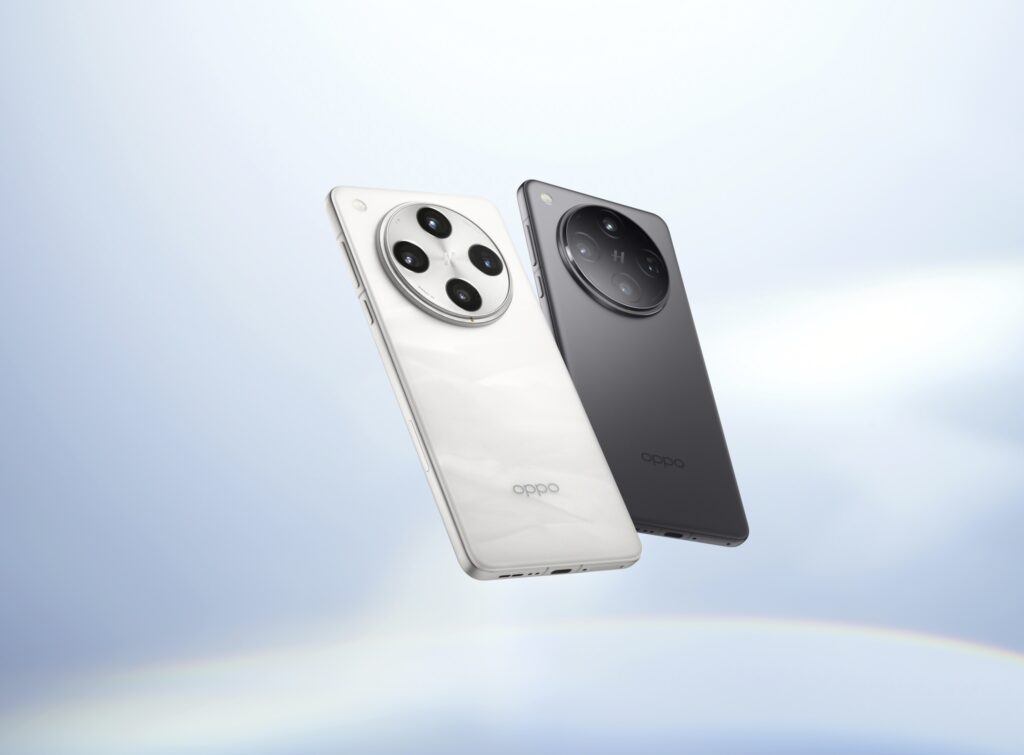
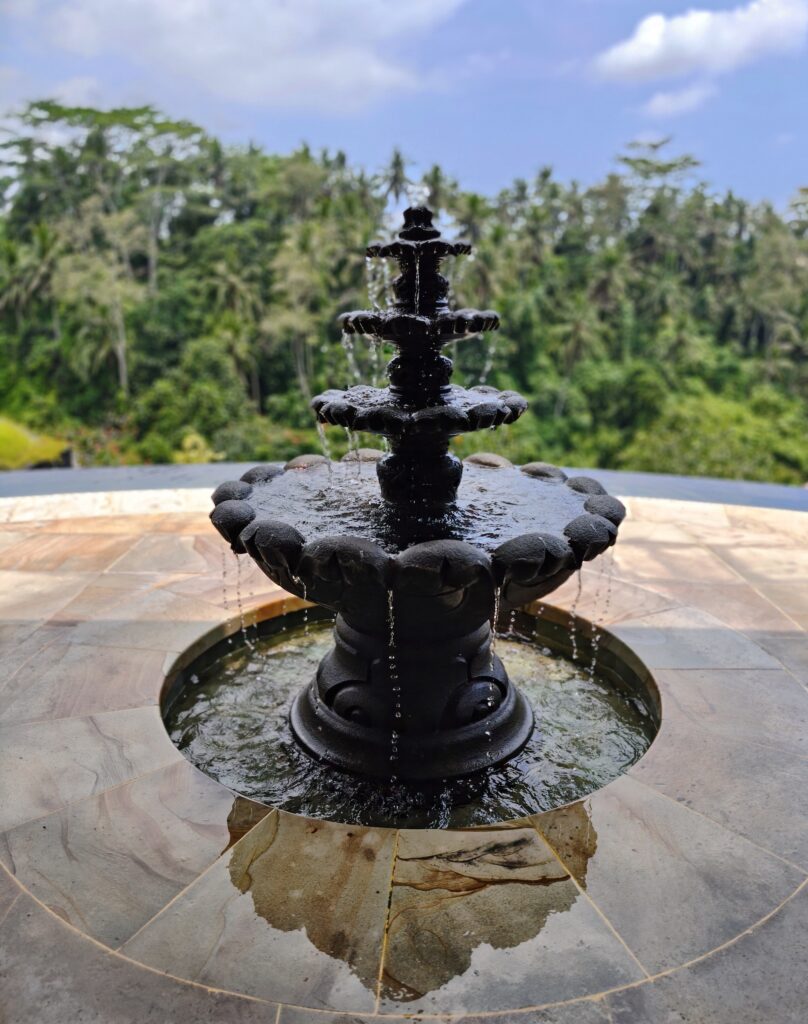
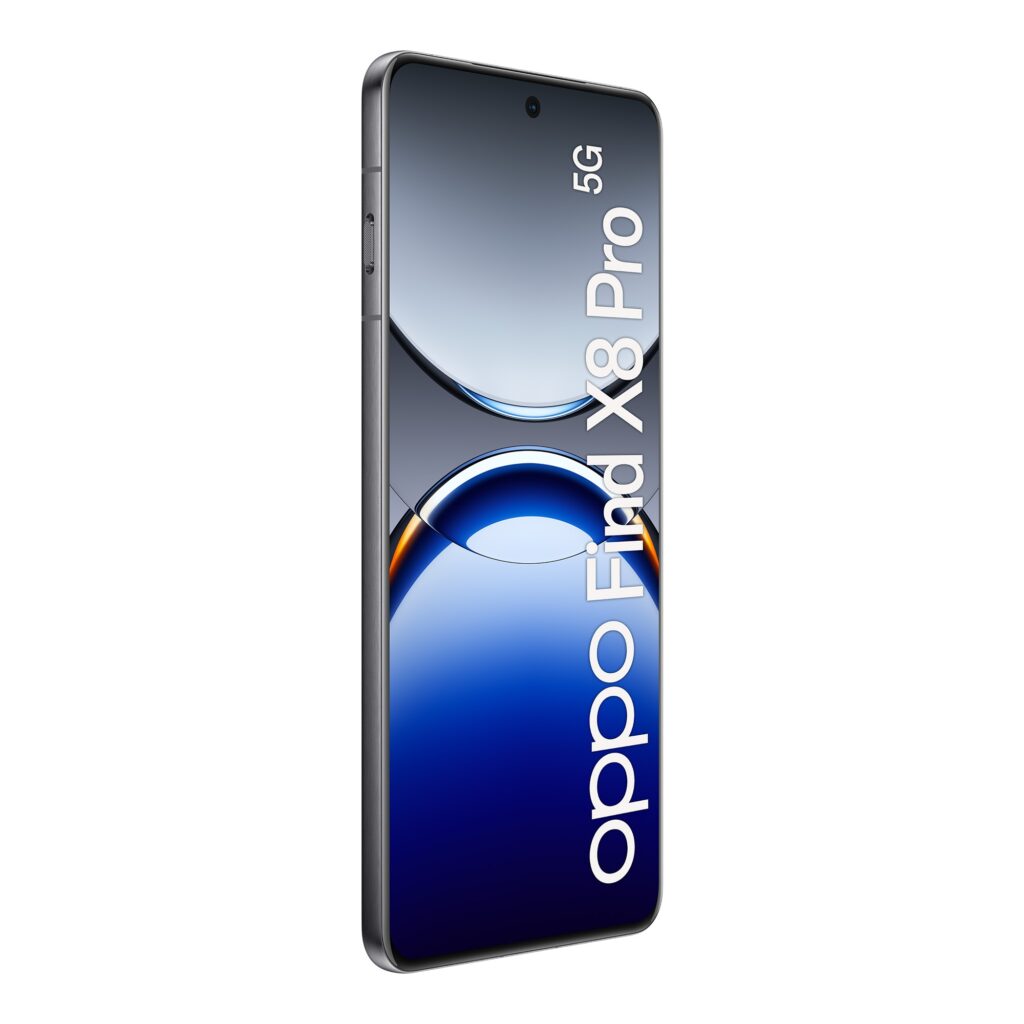
Artificial Intelligence
Apart from the too many clone apps and other useless ones pre-installed, the ColorOs 15 operating system is a demonstration of how crucial AI is for Oppo. These range from retouching shots, with the ability to sharpen, remove people and unwanted objects, eliminate reflections (not always effective, but it’s a start) and centre the focus, to avatars created with AI Studio and the familiar but always useful functions of transcribing voice recordings, analysing and summarising texts. There is also Google’s signature Circle to Search, not surprisingly because Oppo has pre-installed the Gemini app and Big G’s AI, but there are also a number of functions for managing documents in different formats. It should be kept in mind that the AI on the Find X8 Pro is all on the device, so there is no cloud and no need for a data subscription to use the features.
One interesting and novel solution is Touch to Share, which transfers content between the Oppo Find X8 Pro and iPhone/iPad. It will arrive in December, but the user experience is essential, as it uses NFC to share photos and requires only the two devices to be brought together. But only after the iPhone owner has downloaded and opened the O+Connect app: a few seconds, and it’s done.
Price
Another important arrow in Oppo’s quiver is software support: 5 OS updates and 6 security patches. A step that brings Google’s 7 years closer. Evaluating the smartphone in its entirety, which stands out in terms of photo-video and autonomy, at €1,199 or £1,409 with 512GB of storage, I would recommend the purchase, especially for those who prefer Android also because the Find X8 Pro signs the return to Europe of Oppo, which, as I saw when I visited the factory and workshops in China, has several cards to play for the coming years.

